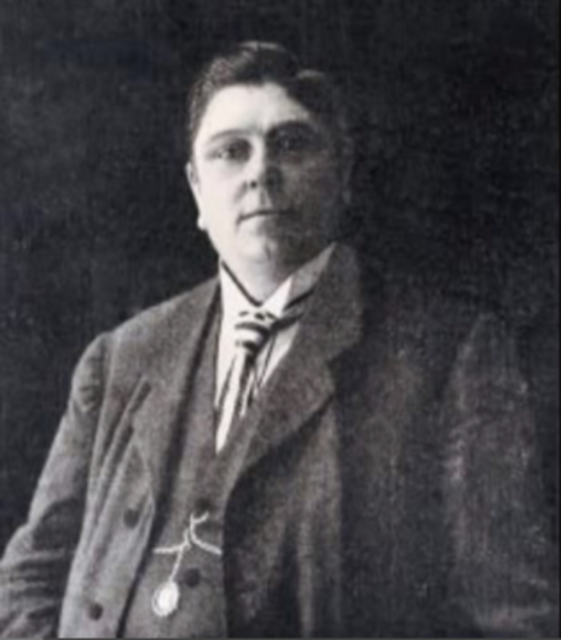Alessandro Moreschi was a castrato singer in the late 19th century. It is unknown when he was castrated, but it is thought to have been around 1865.
The practice of castrating vocally-talented young boys was carried out well before they reached puberty.
These young singers were castrated so they never went through puberty and their voices never broke, keeping their sound pure. It is thought that Moreschi’s singing abilities were noticed by Nazareno Rosati, who acted as a scout searching for boys whose singing voices were perfect for choirs and solo performances.

Moreschi became a pupil of the Scuola di San Salvatore in Lauro. His teacher was Gaetano Capocci, who used to be the maestro di cappella of the St. John Lateran Church. Aged only fifteen, Moreschi was made the First Soprano in the choir in the Papal Basilica of St. John Lateran, and he also sang as a soloist in groups hired by Capocci to sing in salons where Roman high society gathered.
These groups were often called the “Pope’s singers”, and Moreschi was a great attraction at these events. In 1883, he was presented in a special showcase in Italy, singing the coloratura role of the Seraph in Beethoven’s oratorio Christus am Olberge.
Just on the strength of that performance he became known as l’Angelo di Roma. Soon after, having been put through challenging auditions by all the members of the Sistine Chapel choir, he became their First Soprano. He held that post for the next thirty years.
When he joined the Sistine choir, there were already six other castrato members there, but none were as capable as Moreschi at sustaining the taxing soprano work. It is thought that his standing often went to his head, as he liked to parade around after performances wearing a white scarf like a peacock waiting for praise.
The Sistine Chapel Choir was run by traditional methods and rules that were centuries old. So when the senior castrato retired in 1886, Moreschi became the director of soloists. In 1891, he was segretario puntatore for a brief time, looking after the day-book of the choir and recording their activities. The next year, he became maestro pro tempore, which was mainly an administrative post that covered such things as granting leaves of absence and calling choir rehearsals.
He also was responsible for making sure the choir followed correct procedures in its duties in the Chapel. It was a time of great upheaval in music, and there was a fight to revert church and choir music back to the traditional Gregorian chants.

During the spring of 1902, while living a few minutes’ walk from the Vatican, Moreschi made his first singing recordings for the Gramophone & Typewriter Company of London. Between then and 1904 he recorded seventeen tracks in total.
Until 1913, Moreschi was officially a member of the Sistine choir; he was fifty-five years old and able to take his pension as he had sung in the choir for thirty years. Castration of boys for singing purposes had been banned in Italy from 1870, so no young castrato was being accepted into the choir. Moreschi died at the age of sixty-three. His singing, which can be found online, is different from what is produced today. He is a unique voice that wonderfully reflects the tone and musical sound of the era in which he lived.
